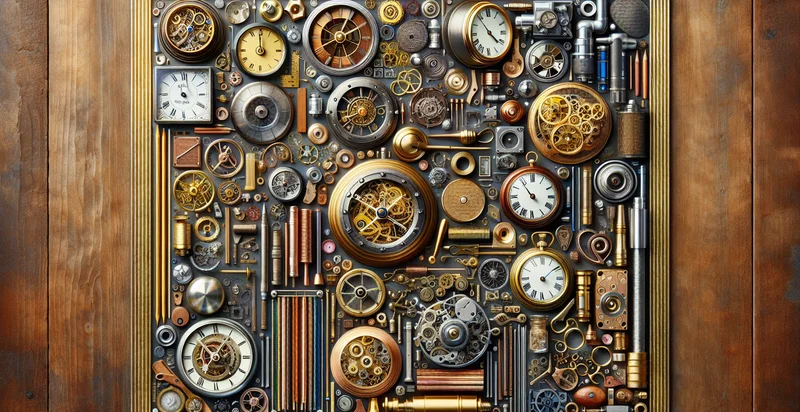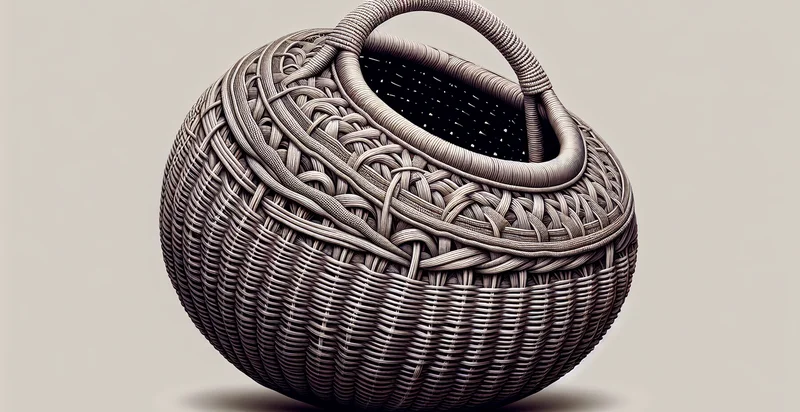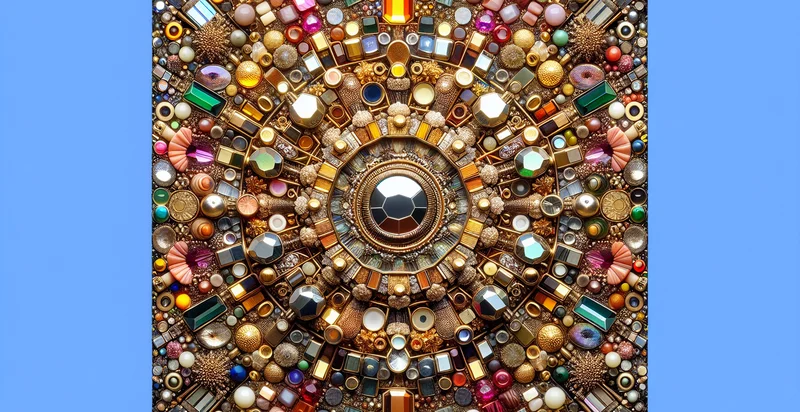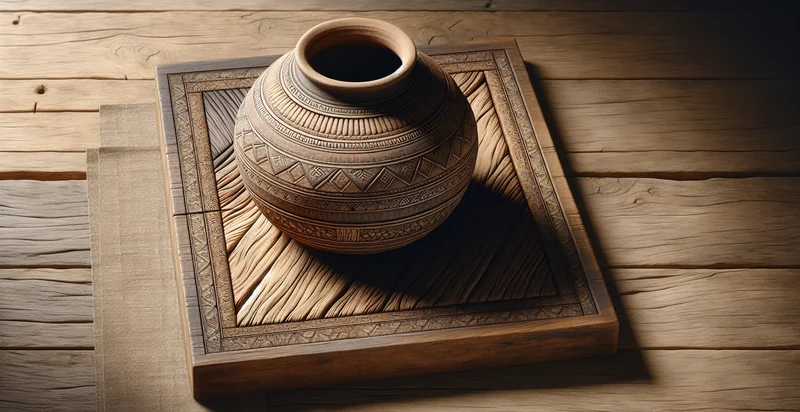Identify what material a clock is made from
using AI
Below is a free classifier to identify what material a clock is made from. Just upload your image, and our AI will predict what material a clock is made from - in just seconds.

Contact us for API access
Or, use Nyckel to build highly-accurate custom classifiers in just minutes. No PhD required.
Get started
import nyckel
credentials = nyckel.Credentials("YOUR_CLIENT_ID", "YOUR_CLIENT_SECRET")
nyckel.invoke("what-material-a-clock-is-made-from", "your_image_url", credentials)
fetch('https://www.nyckel.com/v1/functions/what-material-a-clock-is-made-from/invoke', {
method: 'POST',
headers: {
'Authorization': 'Bearer ' + 'YOUR_BEARER_TOKEN',
'Content-Type': 'application/json',
},
body: JSON.stringify(
{"data": "your_image_url"}
)
})
.then(response => response.json())
.then(data => console.log(data));
curl -X POST \
-H "Content-Type: application/json" \
-H "Authorization: Bearer YOUR_BEARER_TOKEN" \
-d '{"data": "your_image_url"}' \
https://www.nyckel.com/v1/functions/what-material-a-clock-is-made-from/invoke
How this classifier works
To start, upload your image. Our AI tool will then predict what material a clock is made from.
This pretrained image model uses a Nyckel-created dataset and has 29 labels, including Acrylic, Aluminum, Brass, Bronze, Carbon Fiber, Ceramic, Ceramic Tile, Composite, Copper and Fabric.
We'll also show a confidence score (the higher the number, the more confident the AI model is around what material a clock is made from).
Whether you're just curious or building what material a clock is made from detection into your application, we hope our classifier proves helpful.
Related Classifiers
Need to identify what material a clock is made from at scale?
Get API or Zapier access to this classifier for free. It's perfect for:
- Material Quality Assessment: This function can be used by manufacturers to ensure that the clock materials used meet quality standards. By identifying the material, companies can verify that they are utilizing appropriate components for durability and appearance in their production process.
- Product Verification for Retail: Retailers can utilize this function to confirm the materials used in clocks before selling them to customers. This verification process helps to maintain transparency and build trust with consumers regarding product quality and authenticity.
- Sustainable Sourcing Analysis: Companies focused on environmental responsibility can use this identifier to analyze the materials used in their clock products. By ensuring that the materials are sustainably sourced, businesses can better align their products with eco-friendly practices and consumer demands.
- Repair and Replacement Services: Jewelers and clock repair shops can utilize this function to accurately identify materials for replacement parts. Knowing the specific material can aid in sourcing compatible spare parts, which ensures quality repairs that maintain the integrity of the clock.
- Insurance and Appraisal: Insurance companies can employ this function to assess the value and risk associated with insuring a clock based on its material. Accurate classification of materials allows for better appraisal services, ensuring that clients are properly covered for their valuable timepieces.
- Market Research and Trend Analysis: Businesses can leverage this identifier to research trends in clock materials that are gaining popularity among consumers. Understanding material preferences can guide product development and marketing strategies, helping companies stay competitive in the market.
- Compliance with Safety Standards: Regulatory bodies can use the function to ensure that the clocks meet safety regulations concerning material use. By classifying clock materials, officials can identify potential hazards and enforce compliance to protect consumers from unsafe products.


